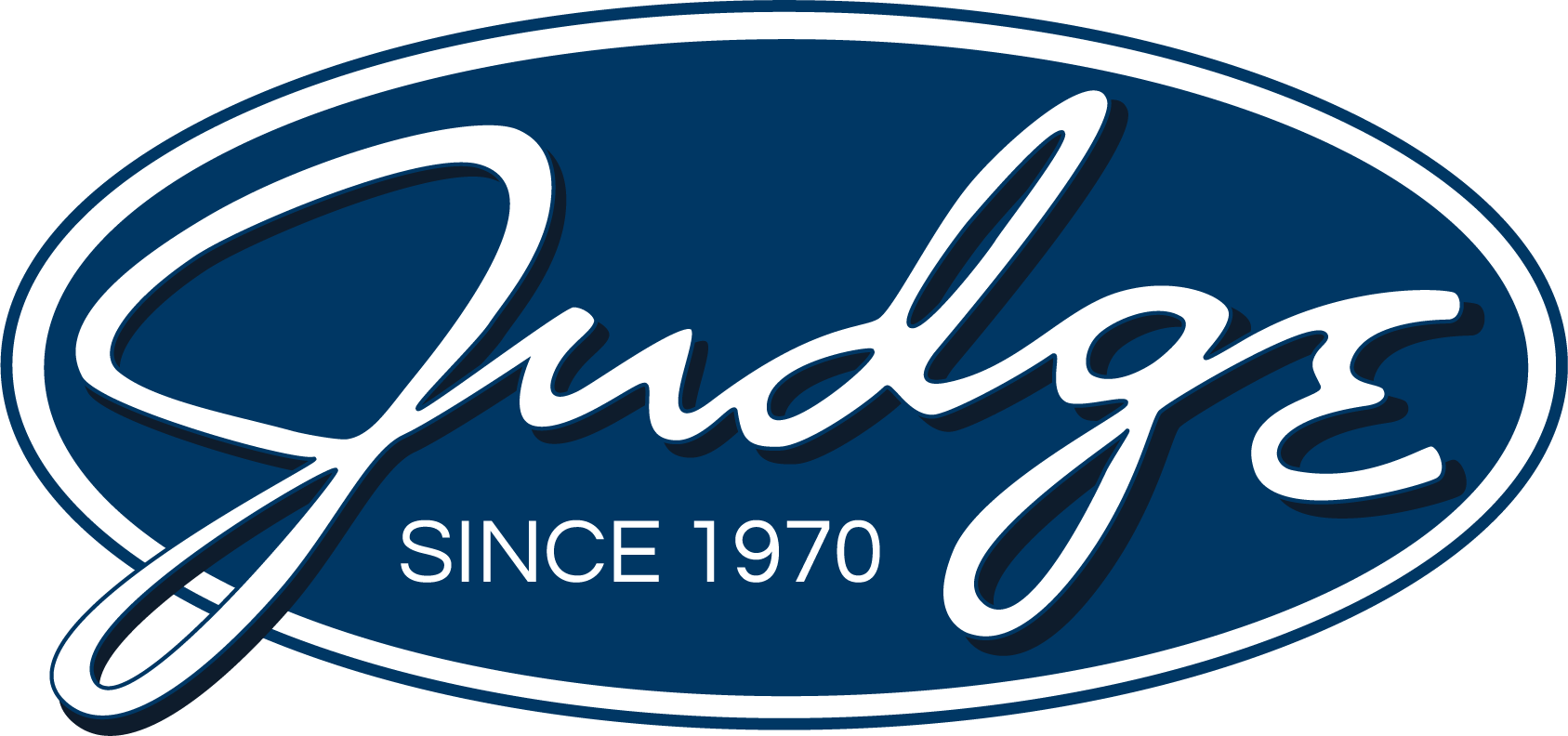3 Common Challenges Change Management Professionals Face With Executive Sponsors (and How to Overcome Them)
Change management professionals know that executive sponsorship can make or break a transformation effort. In fact, according to our recent LinkedIn poll, 22% of respondents leading change management efforts cited a lack of executive support as one of their biggest challenges this year. It’s one of the reasons why nearly 70% of all change initiatives fail.
Even if you have an enthusiastic executive sponsor on board, your efforts can still sputter and stall if they’re not the right executive for the job. This doesn’t mean you can’t work with the sponsor you have, but you need to be prepared to guide them along the way and support them with the necessary resources to ensure your entire team — and the organization — realizes the promised benefits of the change initiative.
Challenge 1: The Executive Sponsor Doesn’t Understand Their Role
Many of us have sat in an all-hands meeting to hear about the organization’s roadmap, including big changes on the horizon. The executive sponsor leading the change management champions the change and articulates the vision, the reasons why the change is needed, and a few preliminary steps. But beyond that initial conversation, the organization hears little more than crickets from that executive in the future.
Solution: Not every executive sponsor is an expert in change management – it may even be their first time leading an effort like this. They may not understand that their role needs to be ongoing and highly visible. As a change management professional, you may need to help them understand that they should focus on securing the budget, clearing organizational roadblocks and silos, and creating accountability. Their communication to the organization about the change also needs to be frequent and consistent — otherwise, employees may see the change as just another flash-in-the-pan idea that they don’t need to focus on.
Challenge 2: The Executive Sponsor Suffers from Change Fatigue
Front-line employees are not the only ones who suffer from change fatigue — executive sponsors are vulnerable, too. This is especially true for certain C-level roles like CTOs and CIOs who frequently manage change project after change project. In these cases, it’s easy for them to lose focus and motivation, experience increased stress and burnout, and even disengage from a project.
Solution: It’s difficult to slow the pace of change because it’s typically tied to competitive pressures and focuses on revenue generation. However, it’s not always necessary to have your senior-most executives as the executive sponsor for your change management efforts. Rotate the executive sponsorship role among the executive team or select a management team member outside of the C-suite to lead change management. This will ensure that your sponsors stay sharp and have the visibility the organization needs for the best chance at success around change.
Challenge 3: The Executive Sponsor Lacks Knowledge and Appropriate Support
Not every executive sponsor will be an expert at leading change management efforts. As we referenced in the first challenge, they may not understand their role. But even if they do, they may not have the necessary skills to manage their part of the project, gather the required resources, or model the behavior necessary to make the change permanent. However, the most common obstacle for executive sponsors is communication failure: they don’t communicate the right messages frequently enough and with the right stakeholders to ensure change is adopted.
Solution: Ensure your executive sponsors are well-equipped. This includes providing a roadmap of key change management milestones they will be responsible for. Executive sponsors will also benefit from communications support; as the spokesperson for the change, they need to know what to say, when, and to whom. Ensure they have access to seasoned professional communicators to help them craft and distribute messages, and media training if they are not experienced speakers.
For more on some of the most common change management hurdles, read the first blog in this series, “Strategies to Help Unlock Organizational Change Management Budget Constraints.”




